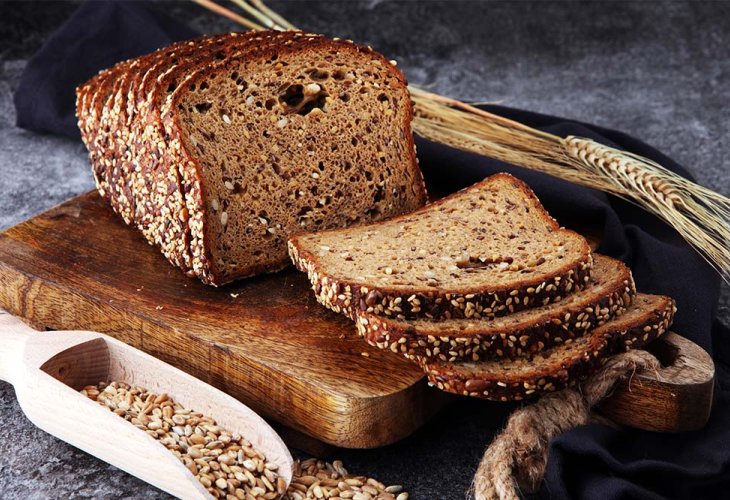Not by Bread Alone: What to Check When Buying Bread?
Whole wheat or spelt? Which bread contains the most antioxidants? And is it better to buy pita bread?
 (photo: shutterstock)
(photo: shutterstock)What to Check When Buying Bread?
First, do not be swayed by the headlines on the package, such as "Traditional Bread" or any other slogan that misleads the consumer into thinking the bread is healthy - when checking the ingredients list, you see ingredients that do not match the bold headline on the package.
When it says dark wheat flour - it's not whole flour. Bread made from dark flour contains fibers, minerals, and antioxidants in small amounts - and it is the most sold bread.
White bread lacks essential nutrients lost when the bran and germ are removed. Nutritionally, it is rich in empty carbohydrates and is harmful to the body.
Some bakeries color white flour with caramel or other materials so that the bread looks like whole bread, and we have more of a problem because the caramel and colors add more waste, making the bread even more harmful.
Spelt wheat is a variety of wheat that has undergone fewer genetic modifications, and it contains slightly less gluten. It is considered to be slightly healthier than regular wheat. However, non-whole spelt flour has no advantage compared to regular white flour.
Whole bread, baked from whole flour and ground from the whole wheat grain, has high value and contains more antioxidants, vitamins, and minerals. It provides dietary fibers that slow digestion and create a feeling of fullness. As per the Israeli standard, even bread containing 80% whole flours can be called whole bread.
Rye bread is the healthiest bread. It has many advantages: it is rich in minerals; rye contains lignans, which help maintain normal sugar levels; and it contains the amino acid tryptophan, which helps create serotonin and allows us to feel calm and full. Usually, other flours are added to rye bread. Check that they are whole. In any case, any flour mixture containing rye has a health benefit.
In breads with whole flours, there is a long list of preservatives, antioxidants, baking improvers, and chemicals designed to prolong the product's shelf life. This is not considered healthy bread. We need bread where all flours are whole and contain no preservatives. There are such breads that contain no additives, and their shelf life is short. These can be frozen.
Pitas contain no preservatives, so it's preferable to buy pitas rather than bread, especially since bread has additional ingredients to make it rise and look good.
Zohara Shavit is a naturopath N.D and an iris diagnosis expert with many years of experience in treatment, consulting, and leading workshops. To book a free workshop, call 073-2221290

